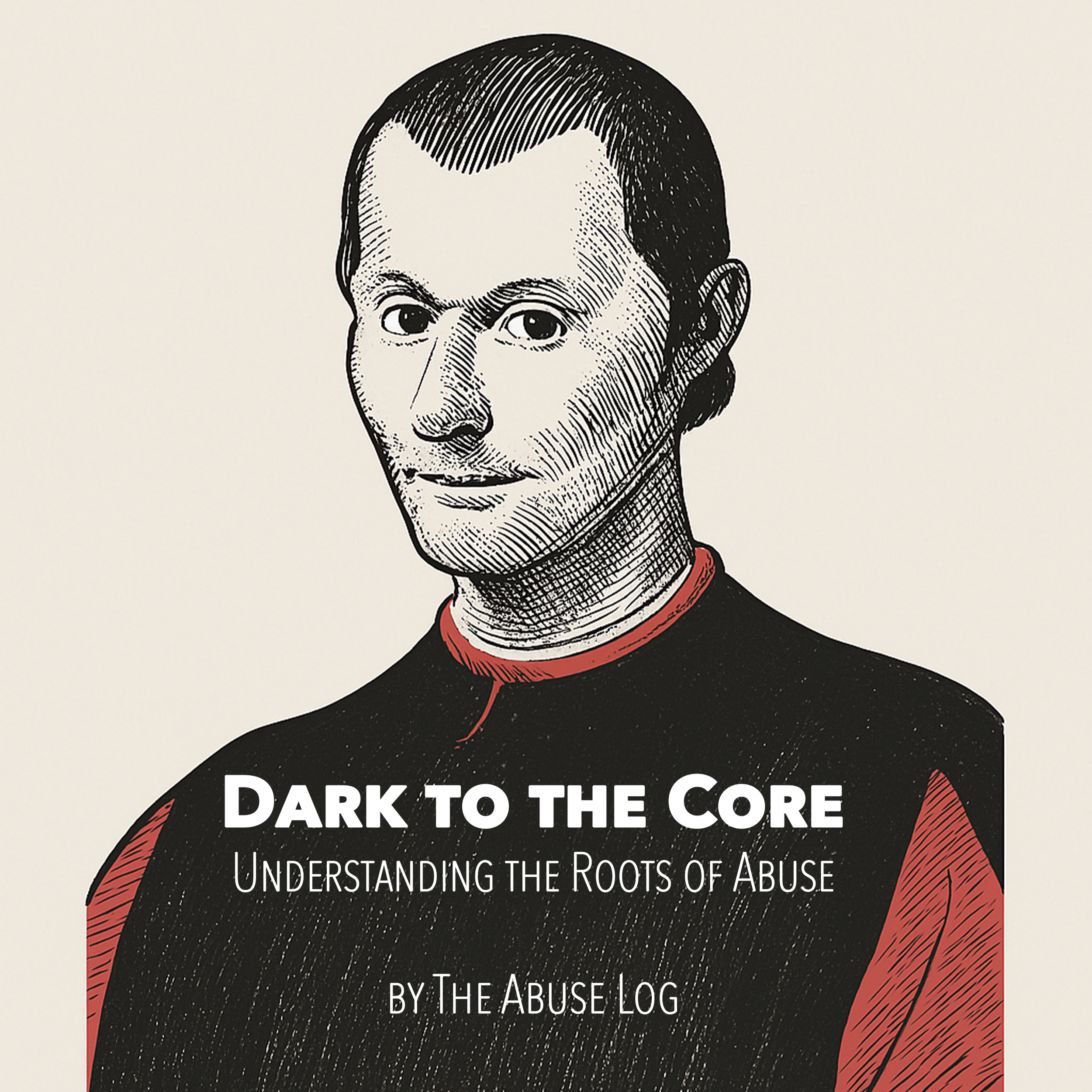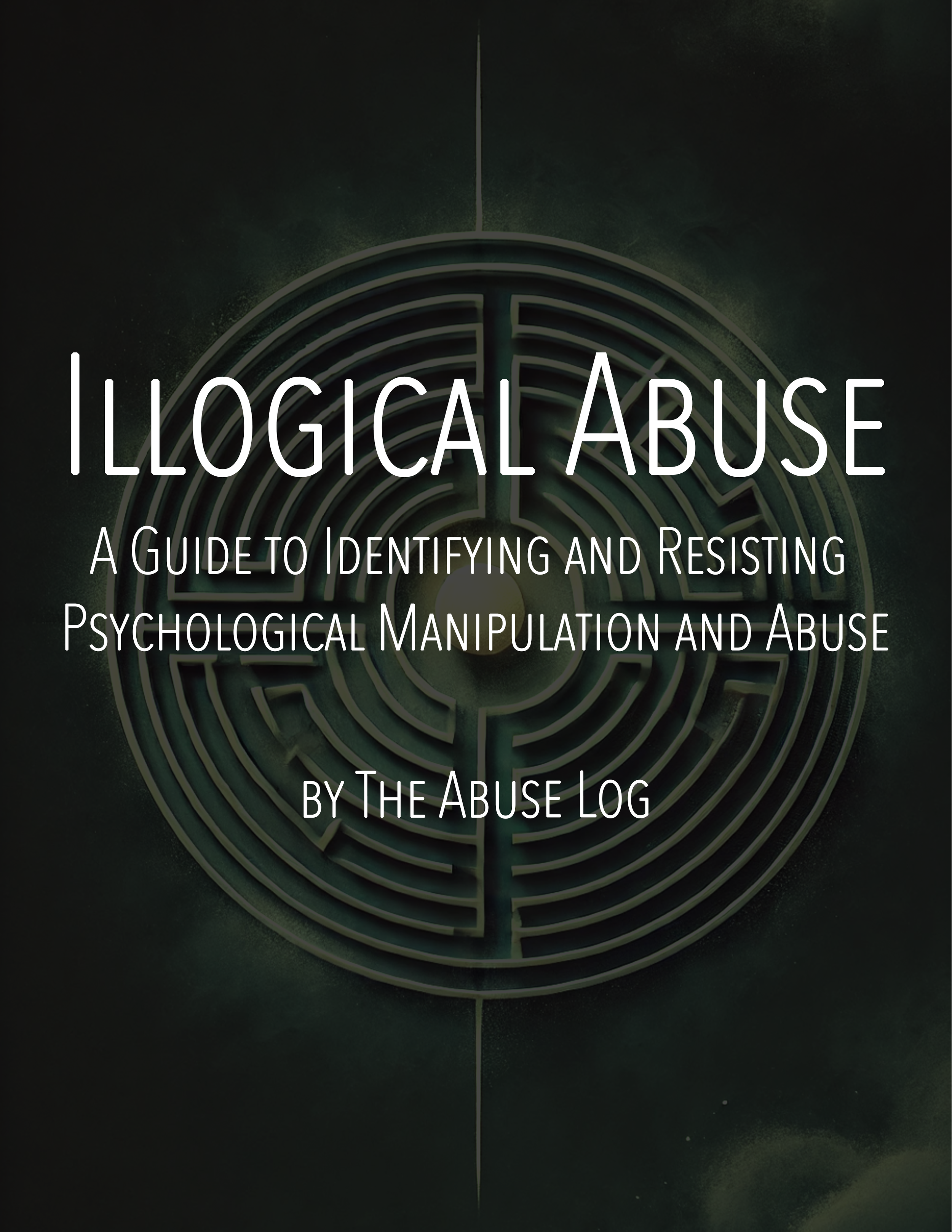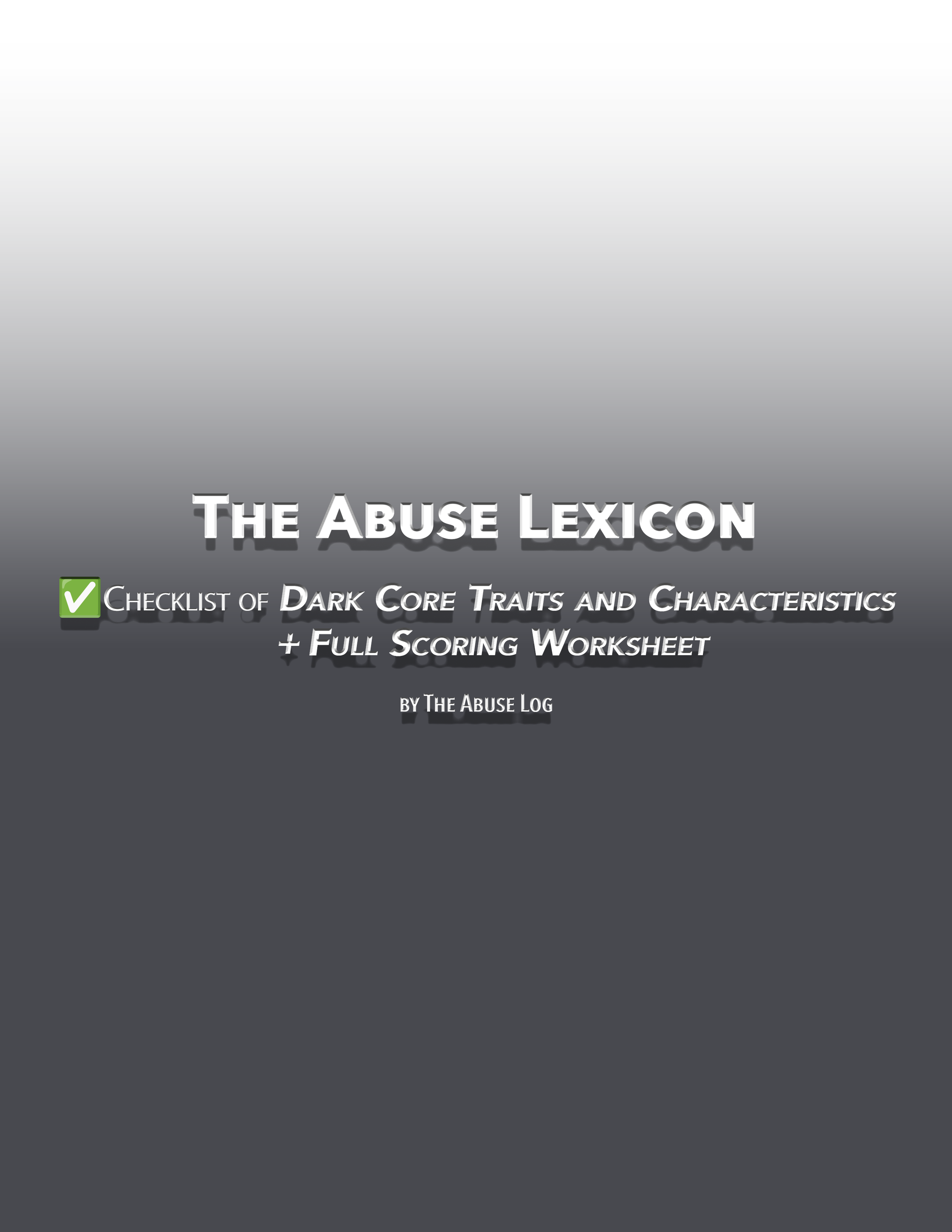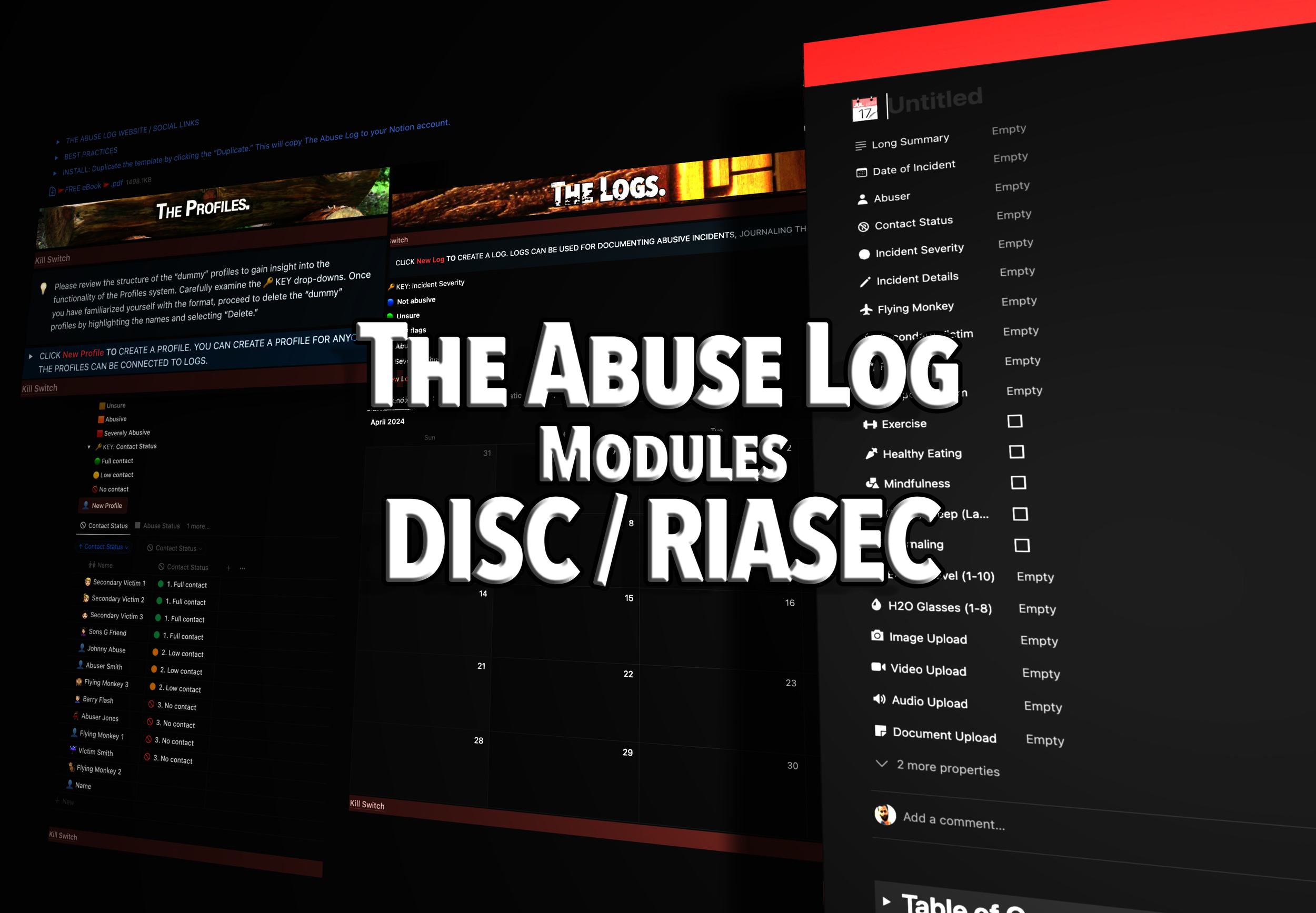Parenting Styles and Their Impact on Attachment Styles
Parenting is one of the most significant influences on a child’s development, and the way parents interact with their children plays a pivotal role in shaping their attachment style. Attachment theory, pioneered by John Bowlby and expanded upon by Mary Ainsworth, reveals that early relationships with caregivers form the foundation for how individuals relate to others throughout their lives. Understanding the intersection between parenting styles and attachment styles offers invaluable insights into fostering healthy emotional development and meaningful relationships.
Understanding the intersection between parenting styles and attachment styles offers invaluable insights into fostering healthy emotional development and meaningful relationships.
Understanding Parenting Styles
Psychologist Diana Baumrind categorized parenting behaviors into four distinct styles, each characterized by varying degrees of responsiveness (warmth) and demandingness (control):
Authoritative Parenting
This style is both nurturing and firm. Authoritative parents provide clear expectations, maintain open communication, and balance support with structure. They encourage independence but set reasonable boundaries to ensure safety and stability.Authoritarian Parenting
Authoritarian parents are high in control but low in responsiveness. They enforce strict rules, often with little room for negotiation or discussion, prioritizing obedience over self-expression.Permissive Parenting
Permissive parents are highly responsive but lack boundaries or rules. They are indulgent and prioritize their child’s happiness over setting limits, often avoiding confrontation or discipline.Neglectful/Uninvolved Parenting
Neglectful parents are low in both responsiveness and demandingness. They provide minimal engagement, emotional support, or supervision, leaving children to navigate the world largely on their own.
Each of these parenting styles shapes a child’s attachment style in unique ways, creating patterns of relating that can persist into adulthood.

Attachment Styles: A Foundation for Relationships
Attachment styles describe the emotional bonds children form with their caregivers and later apply to their relationships. Ainsworth’s research identified four primary attachment styles:
Secure Attachment
Securely attached children feel safe and supported. They trust that their caregiver will be there when needed, enabling them to explore the world with confidence. As adults, they tend to have healthy relationships, characterized by trust, emotional openness, and effective communication.Anxious-Ambivalent Attachment
Children with anxious attachment often experience inconsistent caregiving. They may become clingy or overly dependent, seeking reassurance but struggling to trust fully. Adults with this attachment style may exhibit jealousy, neediness, or fear of abandonment in relationships.Avoidant Attachment
Avoidantly attached children often learn that emotional needs will not be met. As a result, they suppress their feelings and become self-reliant. In adulthood, they may struggle with intimacy, often avoiding closeness or suppressing their emotions.Disorganized Attachment
Disorganized attachment arises from caregivers who are simultaneously a source of comfort and fear, often due to neglect or abuse. These children exhibit confusion and inconsistent behavior. As adults, they may struggle with emotional regulation, trust, and forming stable relationships.
The Interplay Between Parenting and Attachment
Let’s examine how each parenting style contributes to attachment patterns:
Authoritative Parenting and Secure Attachment
Authoritative parents provide a balance of love, support, and structure, fostering a secure attachment. Children learn that their emotional needs will be met and that boundaries exist for their benefit. This creates a foundation of trust, self-confidence, and emotional resilience.
Authoritarian Parenting and Avoidant Attachment
Authoritarian parenting, characterized by rigidity and emotional distance, can lead to avoidant attachment. Children may feel unloved or unsupported and learn to suppress their needs to avoid rejection or punishment. This fosters independence at the expense of emotional connection.
Permissive Parenting and Anxious Attachment
Permissive parents’ lack of boundaries can result in anxious attachment. While children receive emotional warmth, the absence of structure may make them feel insecure or uncertain about their environment. These children may become overly dependent on others for validation.
Neglectful Parenting and Disorganized Attachment
Neglectful parenting is often linked to disorganized attachment. The lack of consistent care or emotional support can leave children feeling confused and fearful. These children may struggle to form coherent relationships, exhibiting erratic or contradictory behaviors.
The Long-Term Impact of Attachment Styles
Attachment styles developed in childhood influence how individuals relate to others throughout their lives:
Relationships: Securely attached adults often have fulfilling, stable relationships. In contrast, those with anxious or avoidant styles may struggle with intimacy, trust, and conflict resolution.
Emotional Regulation: Secure attachment fosters emotional resilience, while insecure attachment may lead to difficulties managing stress and emotions.
Parenting: Attachment styles often carry over into parenting behaviors, perpetuating cycles of secure or insecure attachment across generations.
Can Attachment Styles Be Changed?
The good news is that attachment styles are not set in stone. With self-awareness, therapy, and supportive relationships, individuals can move toward more secure attachment patterns. Parents can also adopt more effective strategies to foster healthy attachments in their children:
Practice Consistent Caregiving: Show up reliably for your child, both emotionally and physically.
Encourage Emotional Expression: Validate your child’s feelings and teach them healthy ways to process emotions.
Set Clear Boundaries: Balance warmth with appropriate limits to create a secure and predictable environment.
Model Healthy Relationships: Demonstrate trust, empathy, and communication in your interactions with others.
Conclusion
Parenting styles and attachment styles are deeply interconnected, shaping a child’s emotional foundation and influencing their relationships for years to come. By understanding these dynamics, parents can foster secure attachments, equipping their children with the tools to navigate life with confidence and resilience. Just as the roots of a tree determine its strength, the bonds we nurture in childhood provide the stability and nourishment for healthy growth in adulthood.







![The Abuse Log Notion Template [Basic]](https://images.squarespace-cdn.com/content/v1/65b9553c448d7e5b0ec1dfcd/4c83e581-b720-4cbe-83b1-2d72e7a9ac8a/Logo+Gumroad-Basic.png)
![The Abuse Log Notion Template [Advanced]](https://images.squarespace-cdn.com/content/v1/65b9553c448d7e5b0ec1dfcd/c3bb150a-a911-4f91-a23e-3621b98a2d55/Logo+GumroadAdvanced.png)
![The Abuse Log Notion Template [Professional]](https://images.squarespace-cdn.com/content/v1/65b9553c448d7e5b0ec1dfcd/7fa18cea-edf4-4325-8234-13f3527579c2/Logo+GumroadProfessional.png)










































